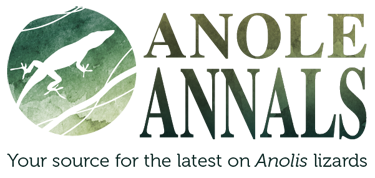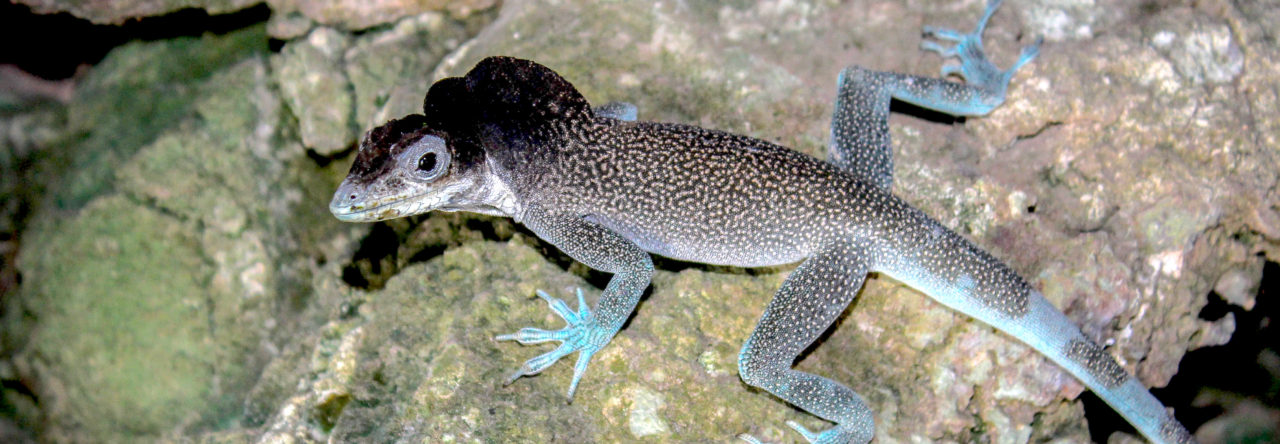With summer just around the corner (any day now, Boston!) that can only mean one thing – the annual ASN/SSE/SSB sponsored Evolution meeting is almost here! This year the anole community is attending in full force with 2 posters, 11 regular talks, and 2 symposium talks.
We regularly cover this meeting here at Anole Annals, and once again we are asking for YOU to help us out. If you will be attending Evolution and are interested in writing a short blog post about one or more of the talks or posters, send me an email (kristin.winchell001@umb.edu) or comment below. I will give you all the information you need to get started and a little help on how to write a blog post for us if you haven’t done so before. We always appreciate the extra help and fresh perspectives.
For those of you not attending the meeting (or maybe still debating attending), here’s the current list of anole talks in the schedule. Are you particularly excited about a talk at Evolution this year? Did we miss a talk that should be on our list? Let us know in the comments!
| Title | Lead Author |
| Are we wrong about territoriality in Anolis lizards? | A. Kamath |
| Evolutionary analysis of viral strains infecting a single anole species | S. Prado-Irwin |
| Deeply conserved genetic constraints influence adaptive radiation of Anolis lizards | J. McGlothlin |
| Macroevolution of the dewlap and diversification of Anolis lizards | T. Ingram |
| Using sexually antagonistic skewers to explore the genetic architecture of sexual dimorphism in Anolis lizards | R. Cox |
| Evaluating the evidence for protein coding convergence in phenotypically convergent anoles | R. Corbett-Detig |
| Variation in dominance traits and body condition in urban Anolis cristatellus | D. Briggs |
| Population trascriptomic analysis of ecologically differentiated, partially reproductively isolated Anolis lizards | A. Geneva |
| Natural selection in behavior? A field experiment with Anolis lizards from the Caribbean | O. Lapiedra |
| Temporal variation of anthropogenic perch use by populations of forest and urban lizards | K. Aviles-Rodriguez |
| The influence of relatedness and size on spatial structure in an urban population of Anolis carolinensis lizards | W. Weber |
| Urban adaptation in Lizards: Connecting phenotypic shifts with performance and survival | K. Winchell |
| Character displacement in evolutionary-novel Anolis lizards | J. Stroud |
| Does competition between the Dominican native Anolis oculatus and the invasive Anolis cristatellus drive changes in ecological, agonistic and reproductive traits? | C. Dufour |
| Population genomics of Anolis carolinensis transposable elements: insertion polymorphisms are abundant but rarely approach fixation | R. Ruggiero |






















